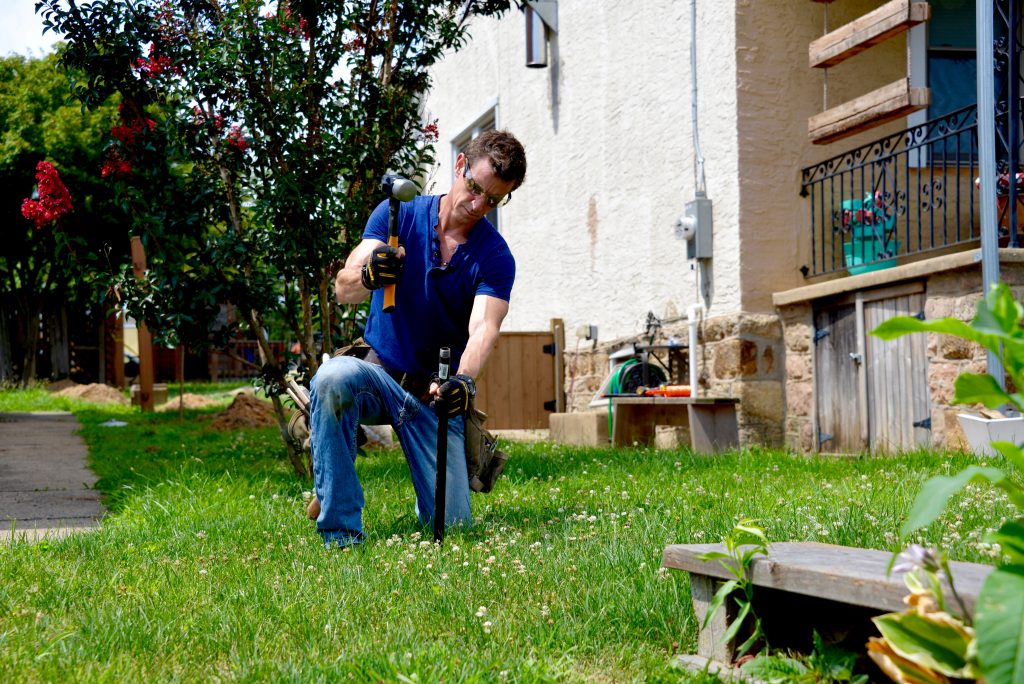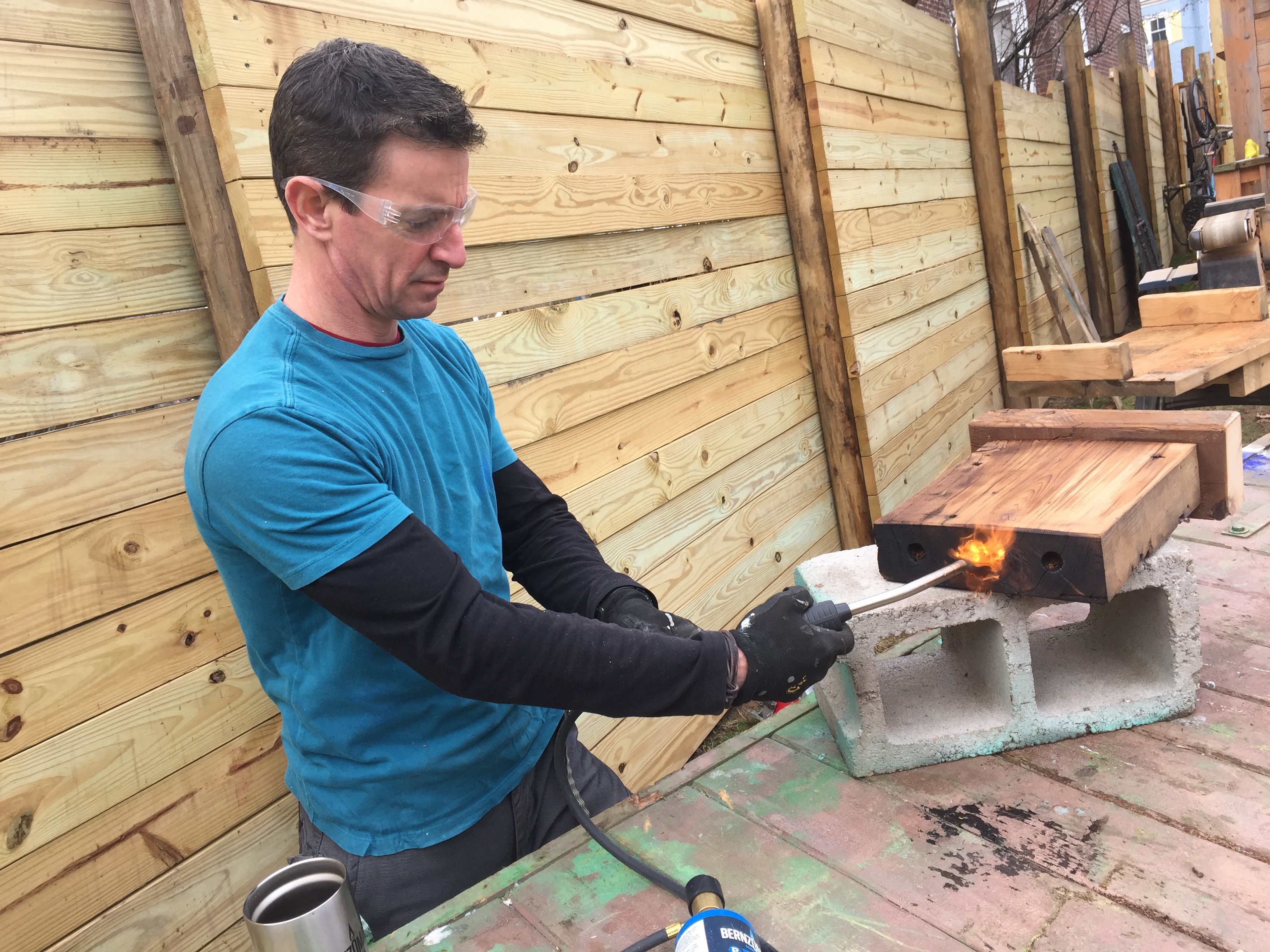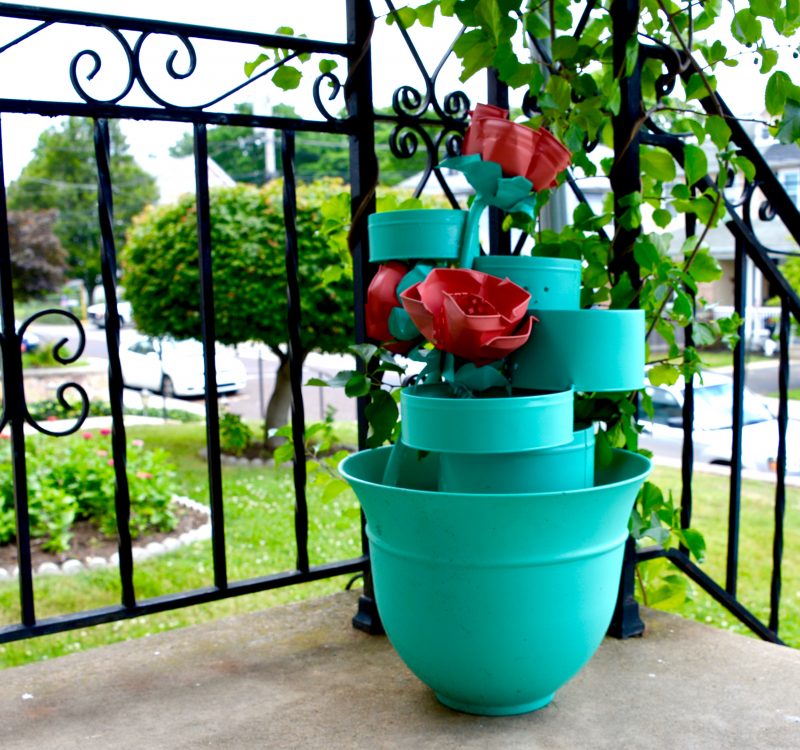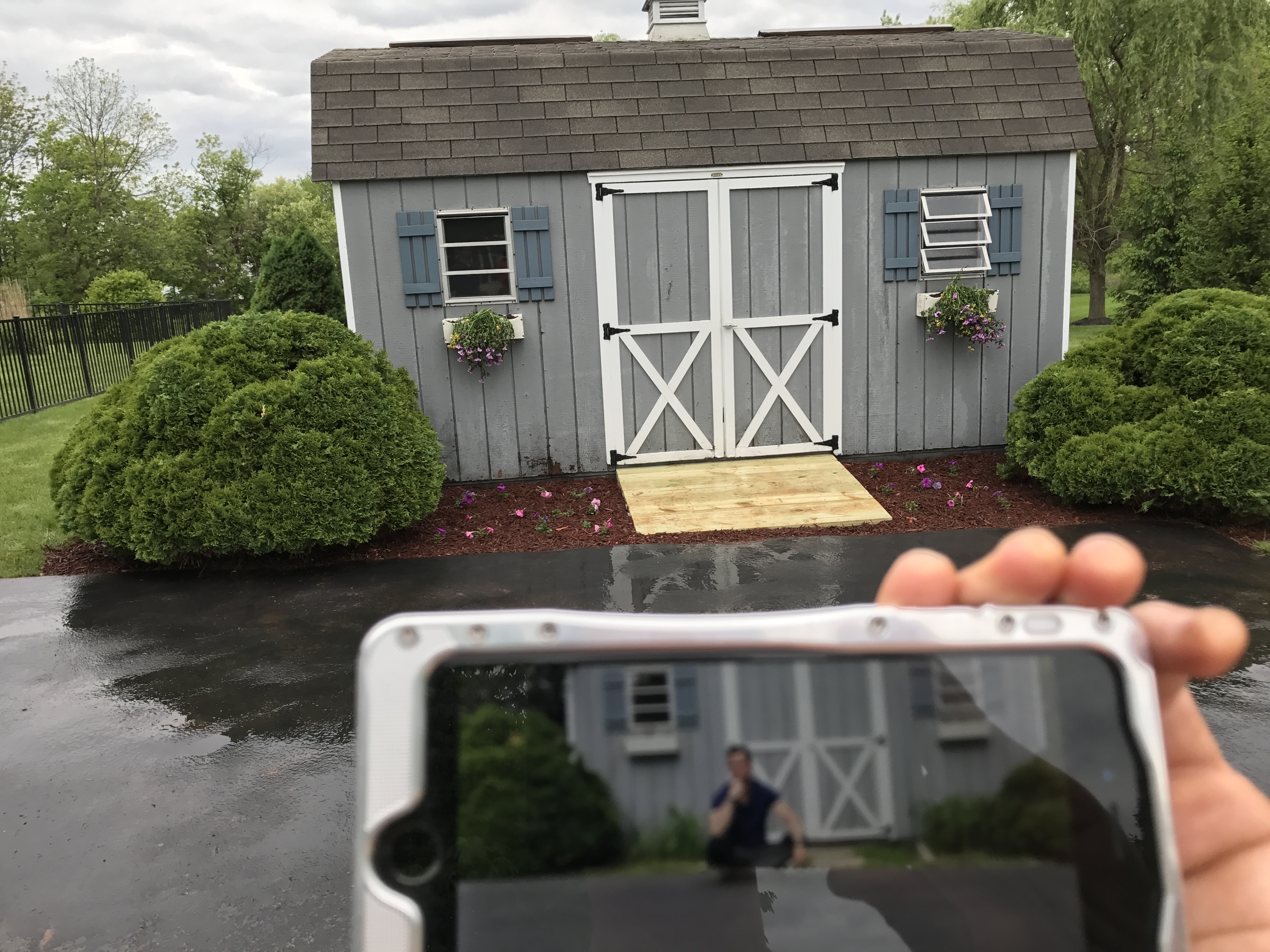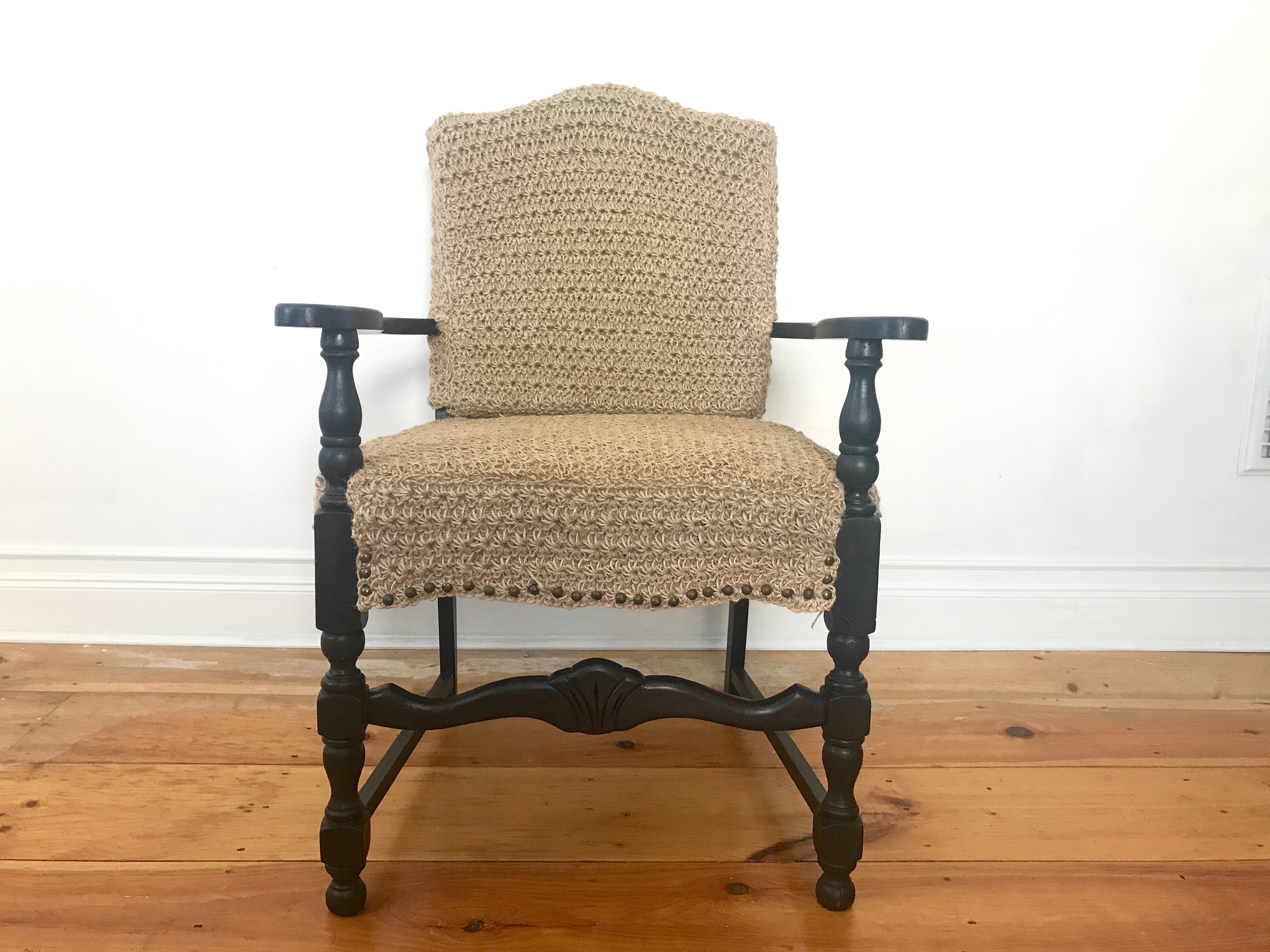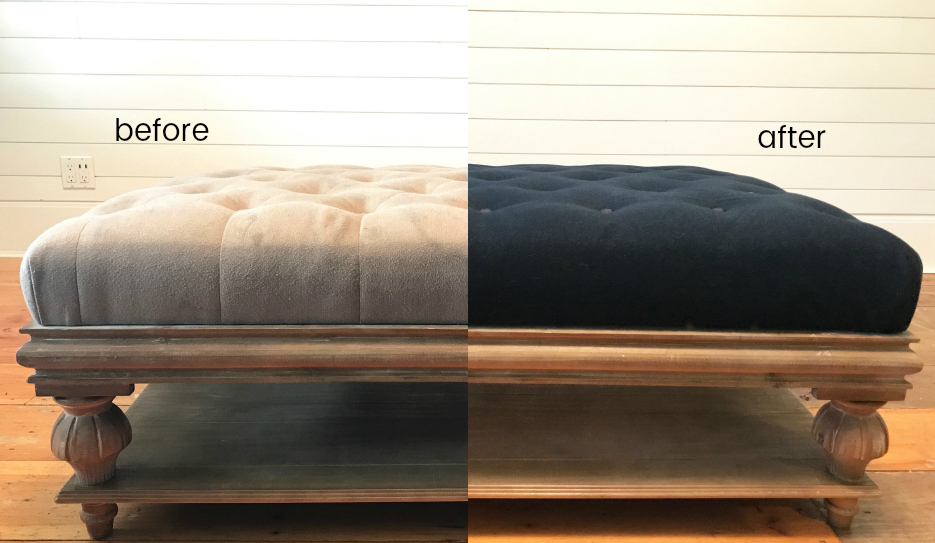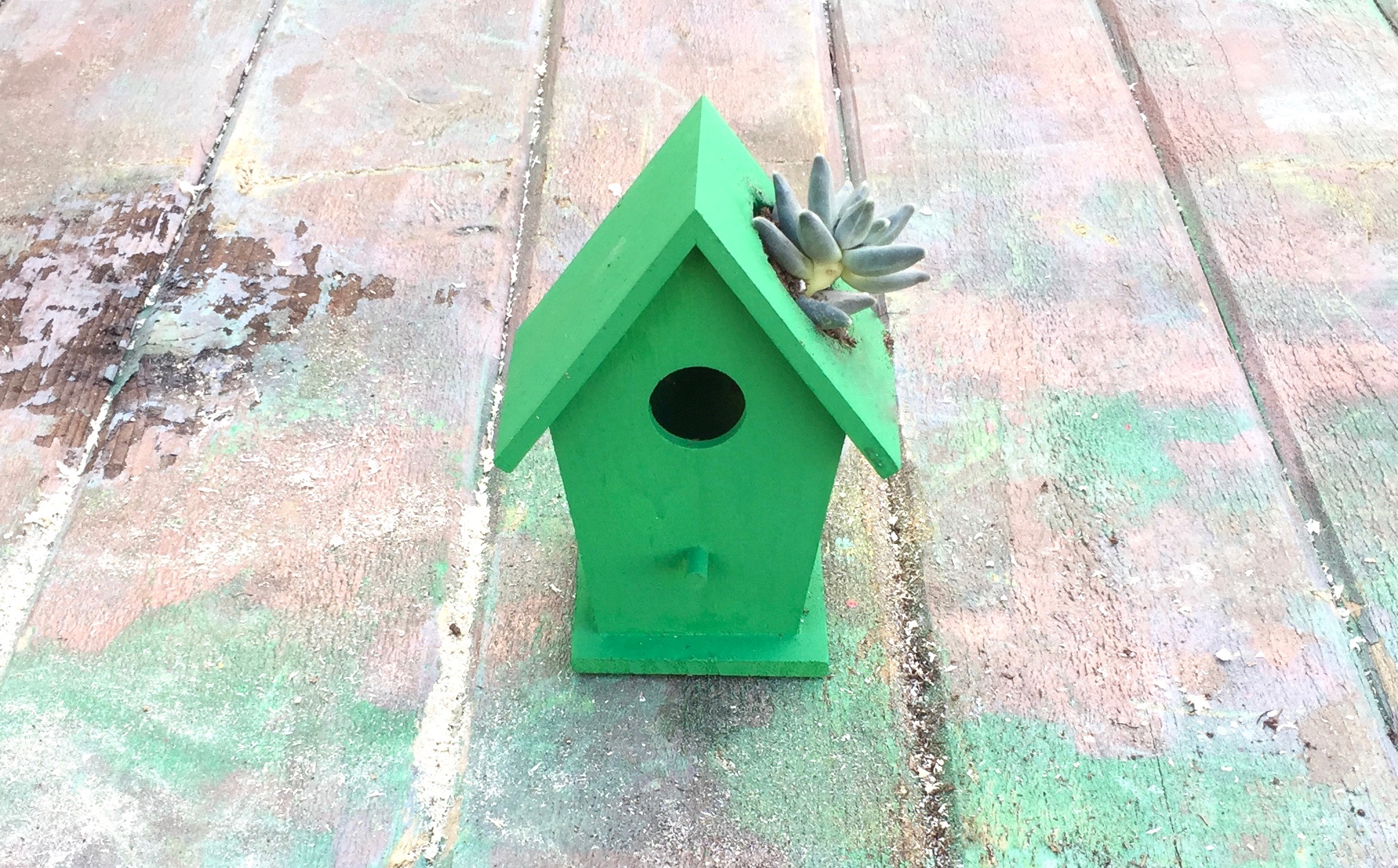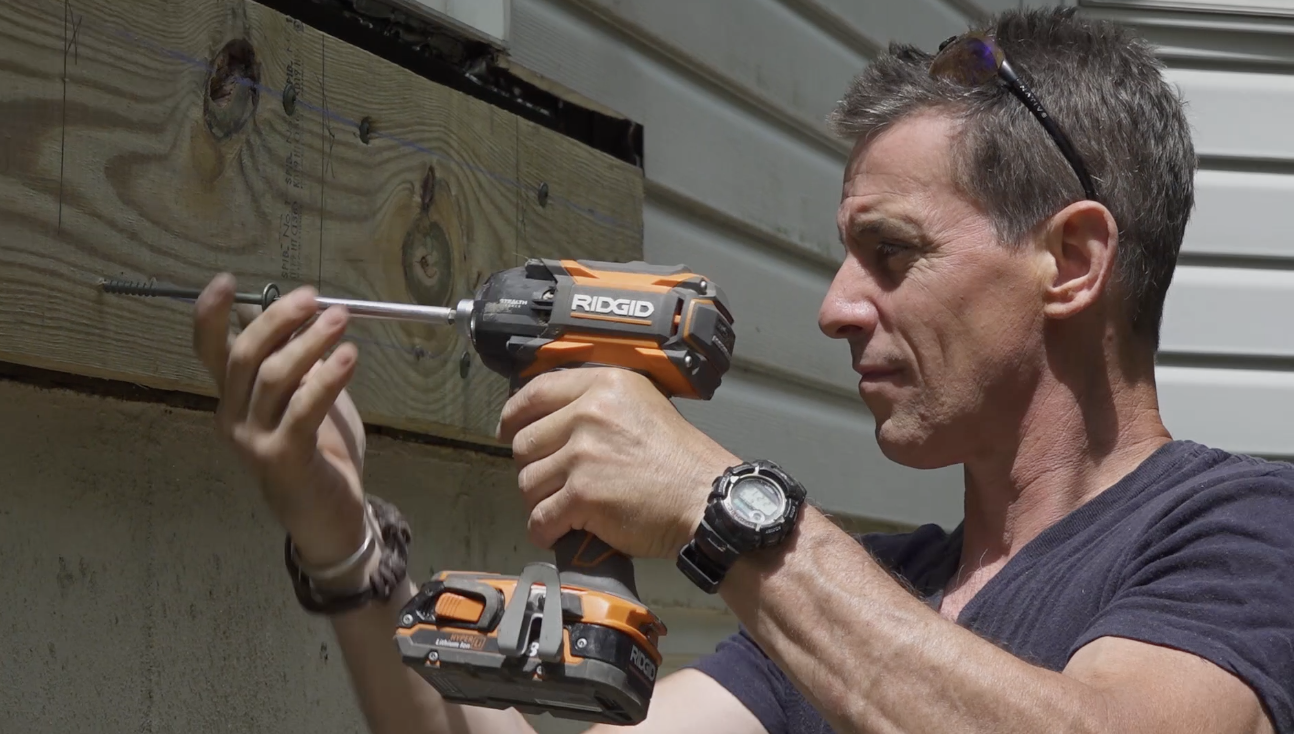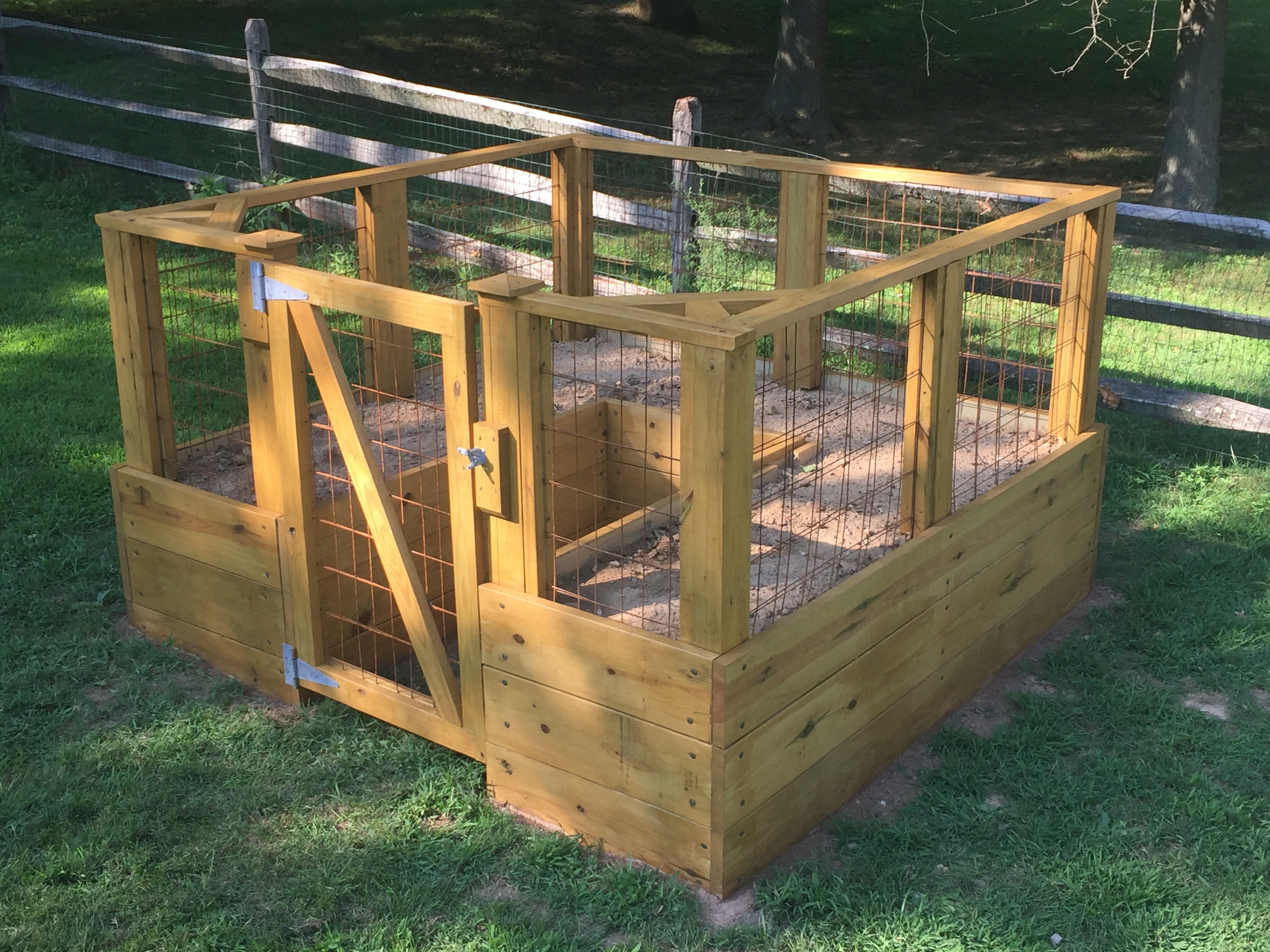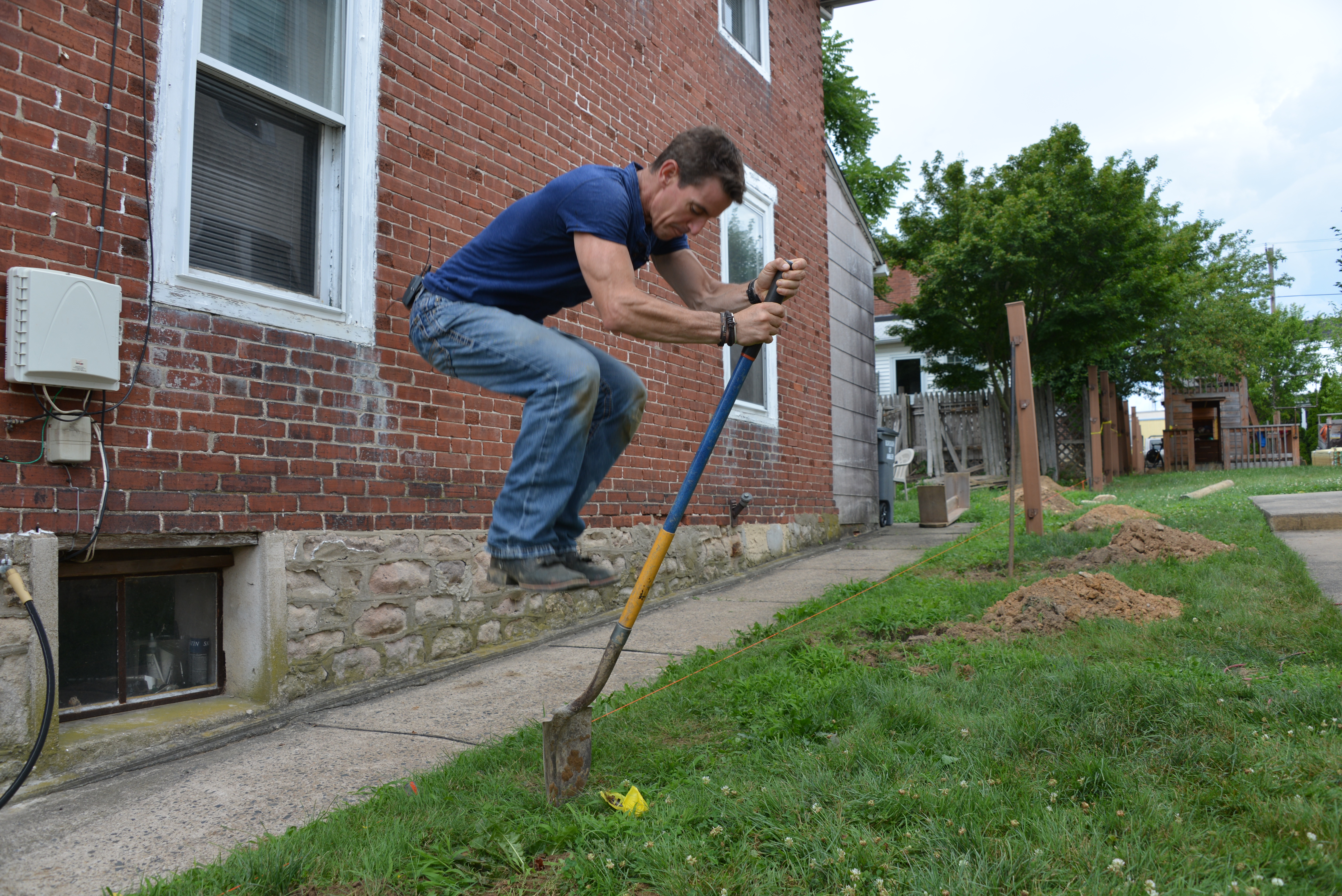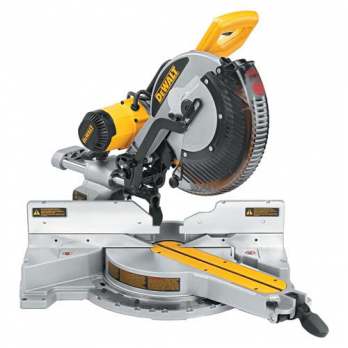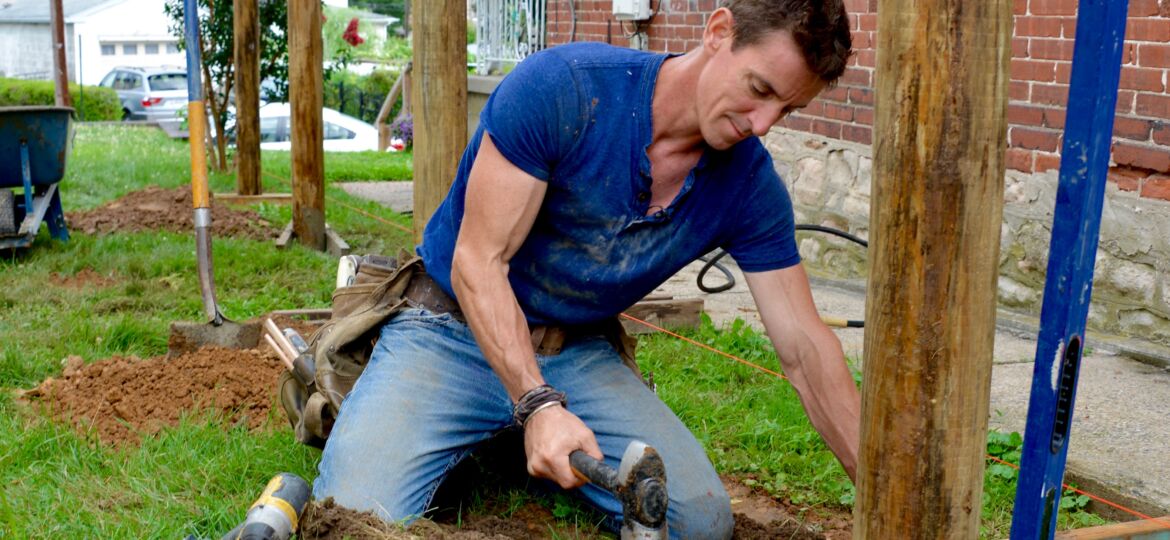
Hi, Fiskars 4-pound sledgehammer that’s been sitting in my shop. I realize that I haven’t spoken to you in a while, but now that we’ve worked together…well…Hi…Love affair.
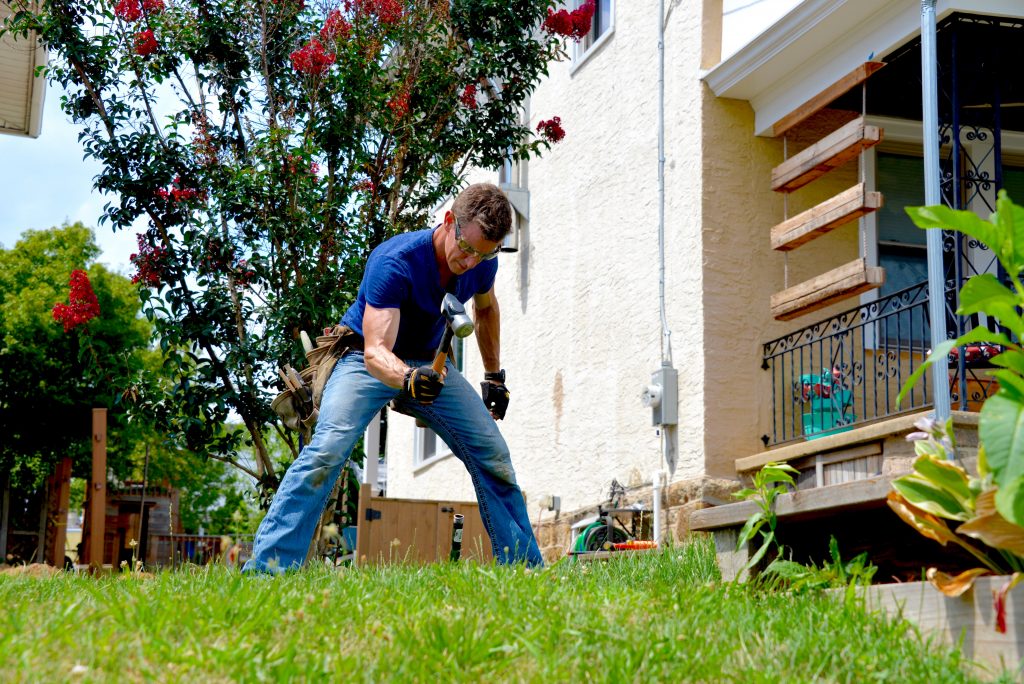


Besides making a wonderful accompaniment to a Halloween Thor costume, the Fiskars’ all-business 4-pounder is an unexpected awesomeness I’m surprisingly fired up about. And it has me asking: Why have I not been using it all along?
Seriously.
Both in carpentry and landscaping, I tend to use my regular hammer. However, in just a single fence project, adding Fiskars’ 4-pounds of thunder to my heavy hammering has saved me all kind of time and aggravation:
1 & 2—Stakes and layout markers. Whether it’s tomato stakes in the garden or stakes for layout lines for carpentry projects, a hammer will mostly work. A 4-pound sledge works better. A lot better. I like the thinner handle on the Fiskars too. I’ve had small sledges like this with big, round handles that are hard to keep a grip on. Nice design.
3—Support braces. I use support braces all the time. In this case, I use them to bridge post holes so posts can be supported while concrete cures. I normally pound them into the dirt to ‘set’ them with a typical nail hammer. It mostly works.
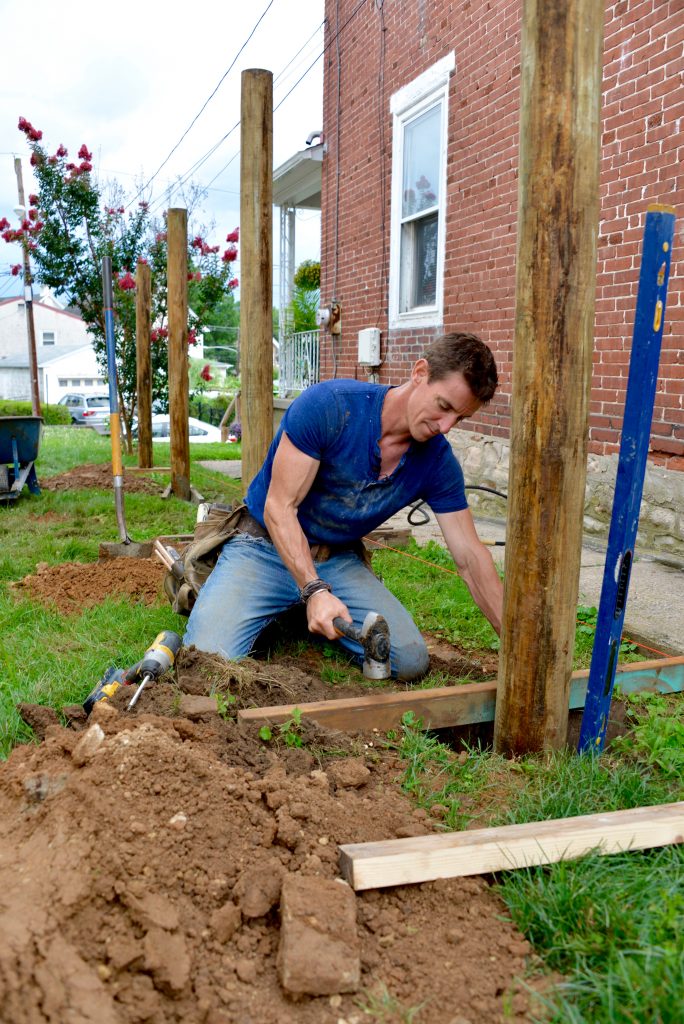


Setting them with the club hammer…Oh my. Why have I not been doing this for…I don’t know…ever?
The hammer is light enough that I can pick it up and move it around. And, I can get the head-speed up for a solid thwack when I’m on my knees holding the post, brace and hammer. And, true-to-form, it sledges the brace into the dirt which means it’s easier for me to work the post into position. I love this multiplier effect of using the right tools for the job.
4—Posts. I build lots of things that require posts to be exactly where I need them to be, namely decks, fences, and pergolas. As you might imagine, moving the bottom of a post inside a 3-foot deep hole is no picnic and over the years I’ve used everything from 2x4s to a digging bar to my level to coax them into position.
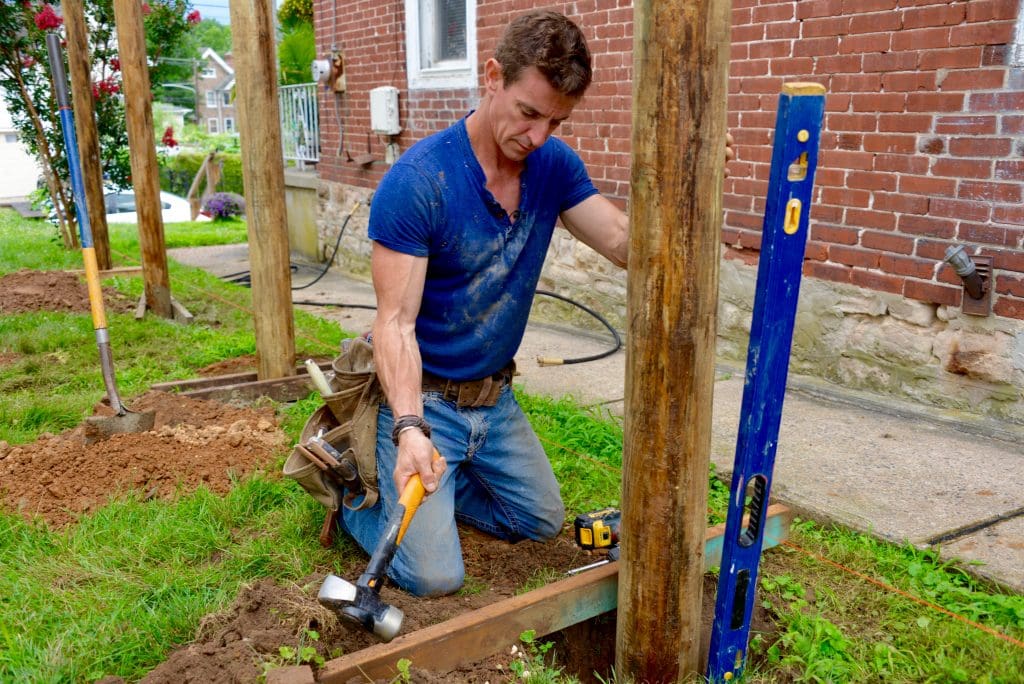


A few solid thumps from the IsoCore 4-pounder and holy smokes!!! I can move the post with a precision I never expected. This will save me both time and frustration. On just this one fence I’m building there are 20-posts. If using the Fiskars saves me 3-minutes per post—it saves more than that—that’s an hour of work I’m NOT expending energy on.
5—Gates and cane bolts. Cane bolts are those L-shaped rods at the bottoms of 2-panel gates. You’ve seen them. And if you’ve seen them in anything other than concrete, you’ve probably seen them not working very well. Anyway, I use steel pipe (gas pipe) driven into the ground for cane bolts.
Like everything I do, they need to go where they need to go and sinking one straight down into packed earth with the Fiskars is easier than any other way I’ve done it. And another multiplier effect: I get to enjoy a well-built gate every time I take out my trash or mow my lawn or go in the back yard because the gate opens and closes easily—more like a well-installed door than a gate. And that’s in large part due to 4-pounds of well-designed Fiskars power and precision.
